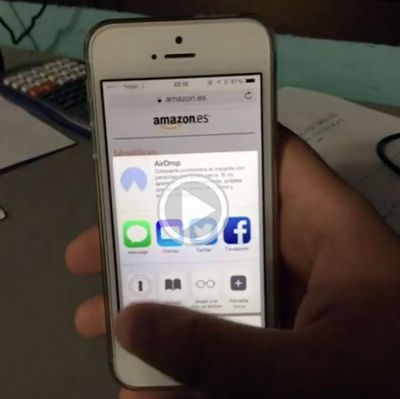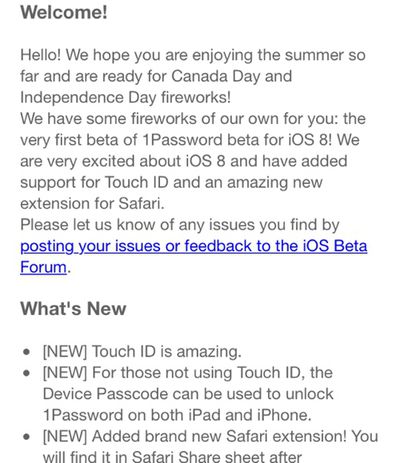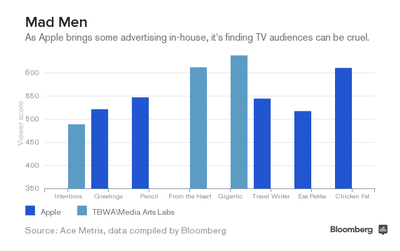UBS analyst Steve Milunovich recently had a chance to meet up with Tim Cook, as detailed in a new note Milunovich sent to investors on Tuesday (via Fortune). During the meeting, Cook reportedly touched on the subject of voice messaging and based on Cook's comments, Milunovich is predicting a voice messaging app as a key feature of Apple's upcoming iWatch.
"When we visited with Tim Cook, he said that walking down streets in China one sees people speaking into their phones sending voice rather than text messages. Porting this capability to the watch makes sense as it is easier to send a voice message from a device already on the wrist than pulling out a phone. It also could aid penetration of China, which Cook said has a ways to go."
Cook's comments on voice messaging were likely in relation to a new feature built into Messages in iOS 8, which allows users to record and send audio messages. In iOS 8, the Messages app has a new Microphone icon located to the right of the text box, which can be held down to record a quick voice message.
It is not known if Apple has plans to build a similar feature into the iWatch, but it is not out of the realm of possibility. Rumors have previously suggested Siri's voice-recognition capabilities might play an important role on the device given its limited screen size, and voice messages may be another natural fit.
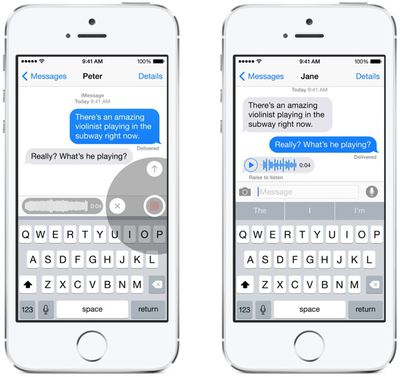
Apple's iWatch is said to be entering production in the near future, in preparation for a possible October launch. The device, which is expected to run a version of iOS 8, is believed to be reliant on existing iOS devices for some of its core Phone and Messages functionality. Current rumors suggest it may have multiple screen sizes up to 2.5-inches in size, a range of health-related sensors, and a multitude of designs to suit different fashion tastes.


 Earlier this year, Apple announced in a
Earlier this year, Apple announced in a 

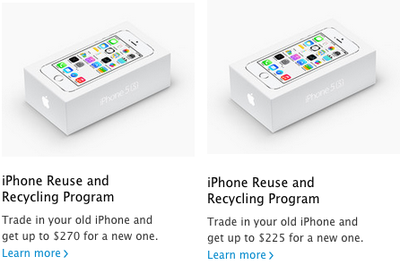
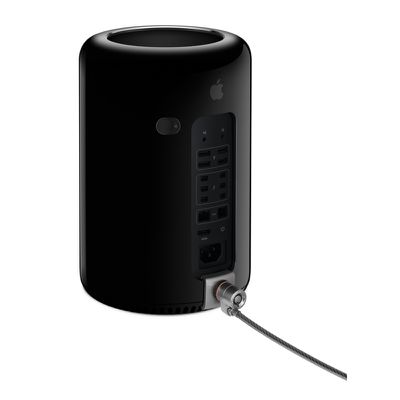
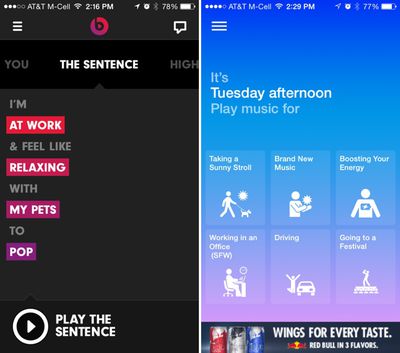
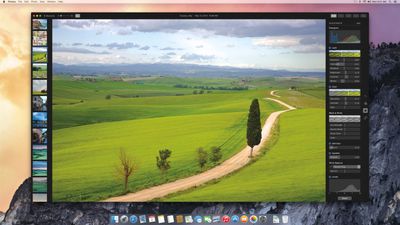 Click for Full Size Screenshot
Click for Full Size Screenshot
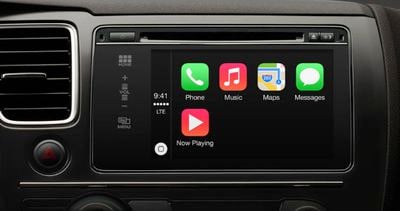
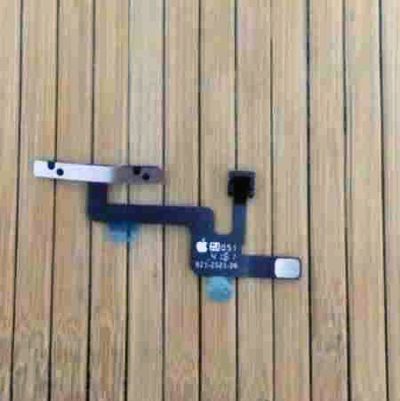
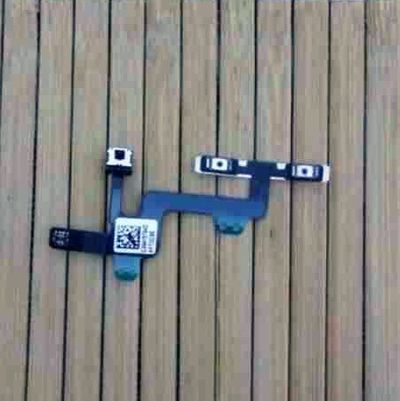


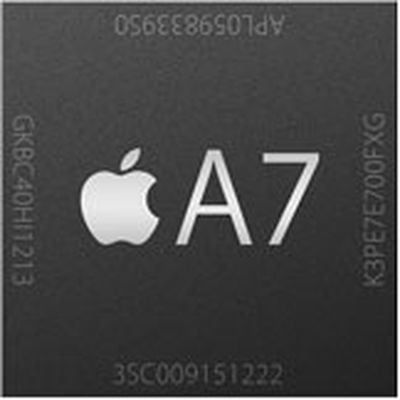 Samsung and GlobalFoundries have landed orders from Apple to produce the 14-nanometer A9 processor starting next year,
Samsung and GlobalFoundries have landed orders from Apple to produce the 14-nanometer A9 processor starting next year, 

